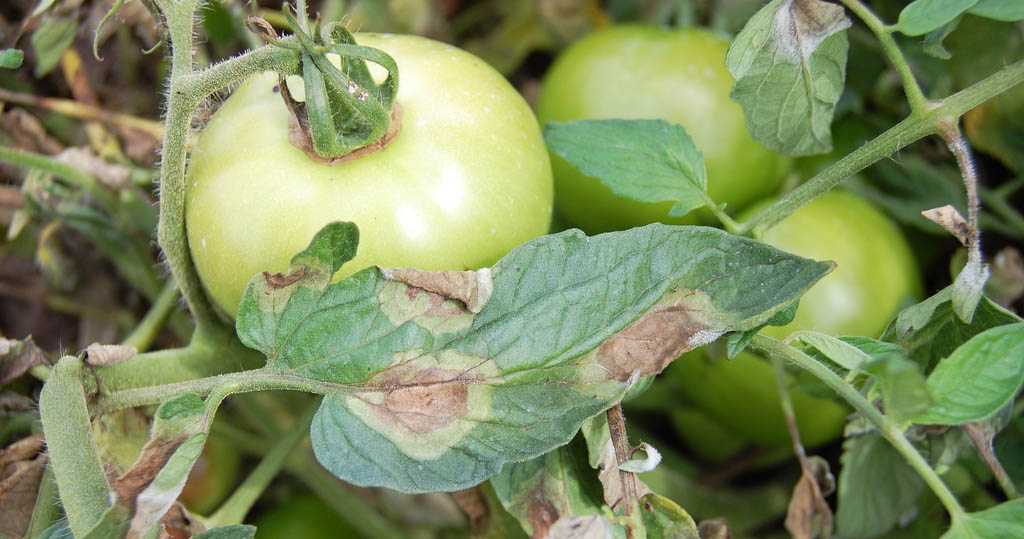The pathogen enters the plant tissue through stomata and prefers temperatures between 10-25°C and humidity conditions of 90%. Its optimum temperature requirement is 20-22°C. It thrives in cool nights, warm days, and humid weather. Dry air and temperatures of 30°C prevent the disease. High humidity is a crucial condition for the development of the disease. Particularly, saturated air humidity and closed weather following rainfall rapidly promote the disease. Powdery mildew disease generally appears suddenly and, under favorable conditions, can spread rapidly, affecting the entire area. In moist and cool weather, it can yellow the plants within 1-2 days and spread across the entire area. It initially manifests as a boiled appearance in young leaves. Localized spots with an oily appearance appear on the leaves. Underneath the leaf surface, a whitish powdery layer forms along the edges of the diseased tissues. Large dried-up spots with an oily appearance at the center and greasy appearance at the edges are typical signs of this disease. Initially, gray-green and irregular spots appear on the leaf, which later turn brown and rapidly expand under humid conditions. Under suitable conditions, a gray-white fungal cover forms around the affected areas on the lower side of the leaf. Brown spots also begin to form around the fruit stem. Brown spots on the stem surround the entire stem. Green fruits are more susceptible than ripe fruits. On fruits, slowly developing spots without distinct borders turn light brown over time. These spots have a marbled vein pattern, are brownish in color, and are partially covered with white mold. Changes in color are observed under the fruit skin, gradually darkening. Ventilation should be carried out as a preventive measure in greenhouses.
Tomato Late Blight

